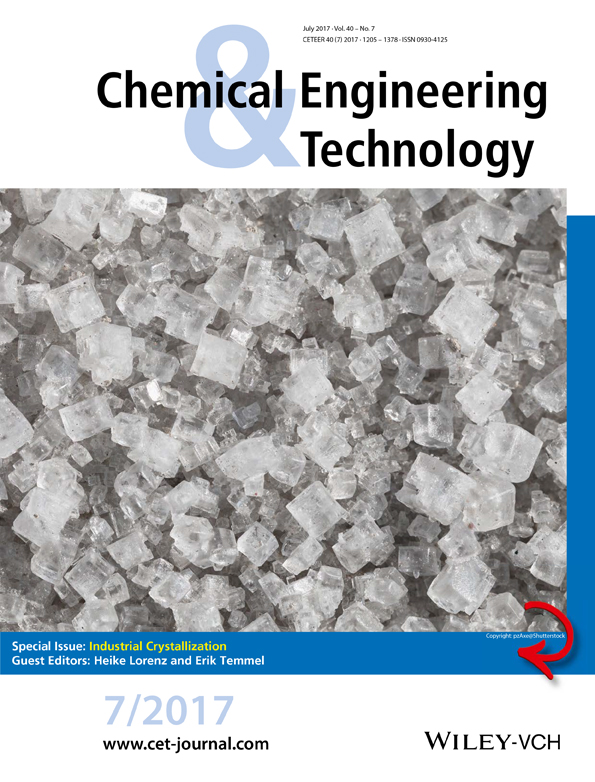Shape Change and Growth Behavior of Monosodium Urate Monohydrate in a Gout Model
Abstract
Deposition of needle-shaped monosodium urate monohydrate (MSU) crystals in synovial fluid provokes the acute inflammatory response of gout. The mechanism of MSU crystallization was investigated in batch operation under the same pH and Na+ concentration of synovial fluid. It was found that stirring enhanced the aggregation of needle-shaped MSU, and the deposition of MSU was faster and larger in amount. MSU crystals in supersaturated urate solution were detected by dynamic light scattering and UV absorption, suggesting that the urate concentration affected not the crystal growth but nucleation. Since the increase of the number of MSU crystals is assumed to cause a high risk of gout, this result supports the importance of the control of serum urate level as a treatment of gout.




